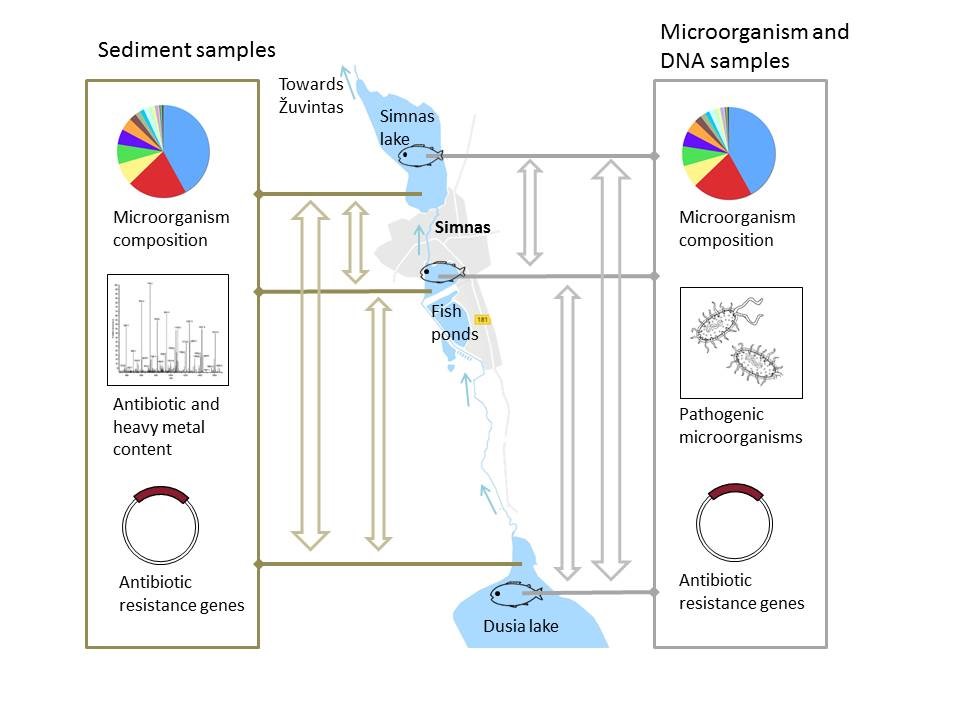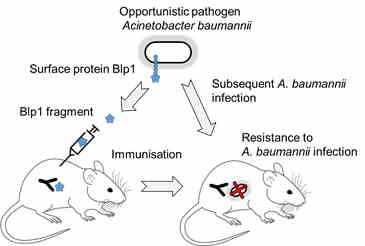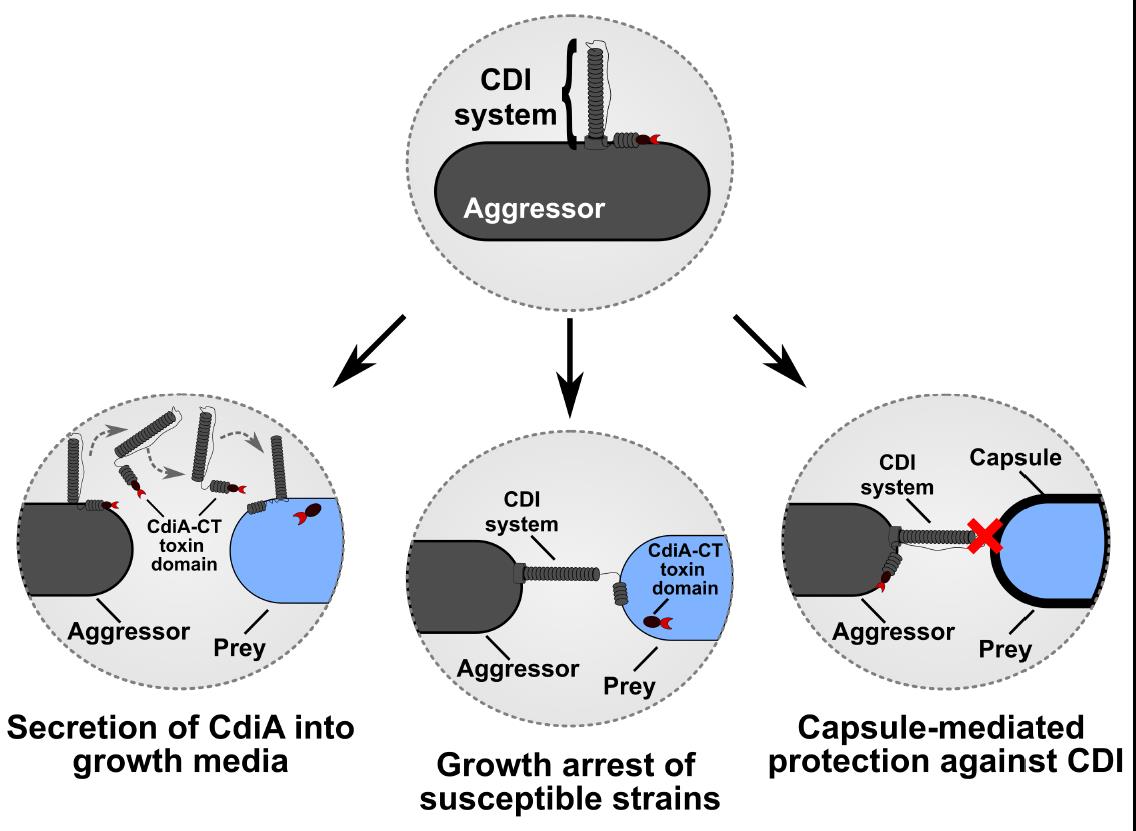
RESEARCH OVERVIEW
We focus our research towards understanding the molecular basis underlying the bacterial antibiotic resistance in clinic and in the environment with the emphasis on novel resistance mechanisms and on the bacterial cell features contributing to pathogenesis. Infections caused by the group of gram-negative bacteria that are resistant to nearly all currently available antibiotics is a serious concern in clinical settings worldwide. Bacteria, previously considered as non-pathogenic, due to their ability to acquire multidrug-resistance and virulence traits, are currently becoming the ones of the most important hospital infection agents. The opportunistic pathogen Acinetobacter baumannii causes a variety of difficult-to-treat nosocomial infections to critically ill patients. The characteristic features of A. baumannii are the ability to withstand prolonged periods of dryness, form biofilms on various surfaces including medical equipment, upregulate intrinsic resistance mechanisms and acquire new resistance genes through plasmids, as well as the ability to adhere and colonise the host cells. All the listed features are crucial in the life of pathogens, and understanding their molecular basis might bring novel insights into pathogenicity and development of novel antibacterial strategies.
SELECTED PUBLICATIONS
- Armalytė, J., Skerniškytė, J., Bakienė, E., Krasauskas, R., Šiugždinienė, R., Kareivienė, V., Kerzienė, S., Klimienė, I., Sužiedėlienė, E.,, Ružauskas M. Microbial diversity and antimicrobial resistance profile in microbiota from soils of conventional and organic farming systems. Frontiers in Microbiology. 2019, 10: 892.
- Skerniškytė, J., Karazijaitė, E., Deschamps, J., Krasauskas, R., Armalytė, J., Briandet, R., Sužiedėlienė, E. Blp1 protein shows virulence-associated features and elicits protective immunity to Acinetobacter baumannii infection. BMC Microbiology. 2019, 19(1): 259
- Krasauskas, R., Skerniškytė, J., Martinkus, J., Armalytė, J., Sužiedėlienė, E. Capsule protects Acinetobacter baumannii from inter-bacterial competition mediated by CdiA toxin. Frontiers in Microbiology. 2020, 11: 1493.
- Klimkaitė, L., Armalytė, J., Skerniškytė, J., Sužiedėlienė, E. The toxin-antitoxin systems of the opportunistic pathogen Stenotrophomonas maltophilia of environmental and clinical origin. Toxins (Basel). 2020, 12(10): E635.
RESEARCH ACTIVITIES in 2020
The Impact of Fish Farming on Microbiota and Antibiotic Resistance of the Ecosystem
Aquaculture is a fast growing animal food sector. As fish are susceptible to infectious diseases, antibiotics are used in aquaculture production systems. The constant exposure to antimicrobials could contribute to antibiotic resistance selection in aquaculture products and the ecosystem, with a possibility of dissemination.
The objective of the project is to evaluate the influence of fish farming on environment, concentrating on the spread of antimicrobial resistance genes and resistant bacteria.
The project is carried out together with the Lithuanian University of Health Sciences.

Project “The influence of intensive fish farming on aquatic microbiome and resistome” of the National Research Programme Sustainability of Agro-, Forest and Water Ecosystems
Acinetobacter baumannii Surface Proteins as Vaccine Targets
A large surface Blp1 protein from opportunistic pathogen A. baumannii is present in all the clinically relevant strains examined. A C-terminal fragment of Blp1, which is located on the surface of the cell, elicits an efficient protection to a lethal subsequent A. baumannii infection in a murine model.
This indicates that A. baumannii Blp1 protein could be considered as a new vaccine candidate. In our recent project “Development of virus-like particles-based vaccine against Acinetobacter baumannii”, we are exploring the use of smaller Blp1 fragments as vaccination antigens. To increase the immunogenic properties of protein fragments we will display them on virus-like particles.

Skerniškytė et al. BMC Microbiology, 2019.
Acinetobacter baumannii Capsule Protects from Contact-Dependent Growth Inhibition
Clinically important pathogens express contact-dependent growth inhibition (CDI) phenomenon, which modulates cell-cell and cell-environment interactions. These systems generally are used for the inhibition of the growth of genetically different individuals within the same species. In this study, we show that A. baumannii capsule is the main feature protecting bacterium from CDI-mediated inhibition. We also demonstrate that the CDI component, an effector protein CdiA, can be secreted into the growth media and retains functional activity by causing the growth arrest of the susceptible A. baumannii cells.

Krasauskas et al. Frontiers in Microbiology, 2020.


